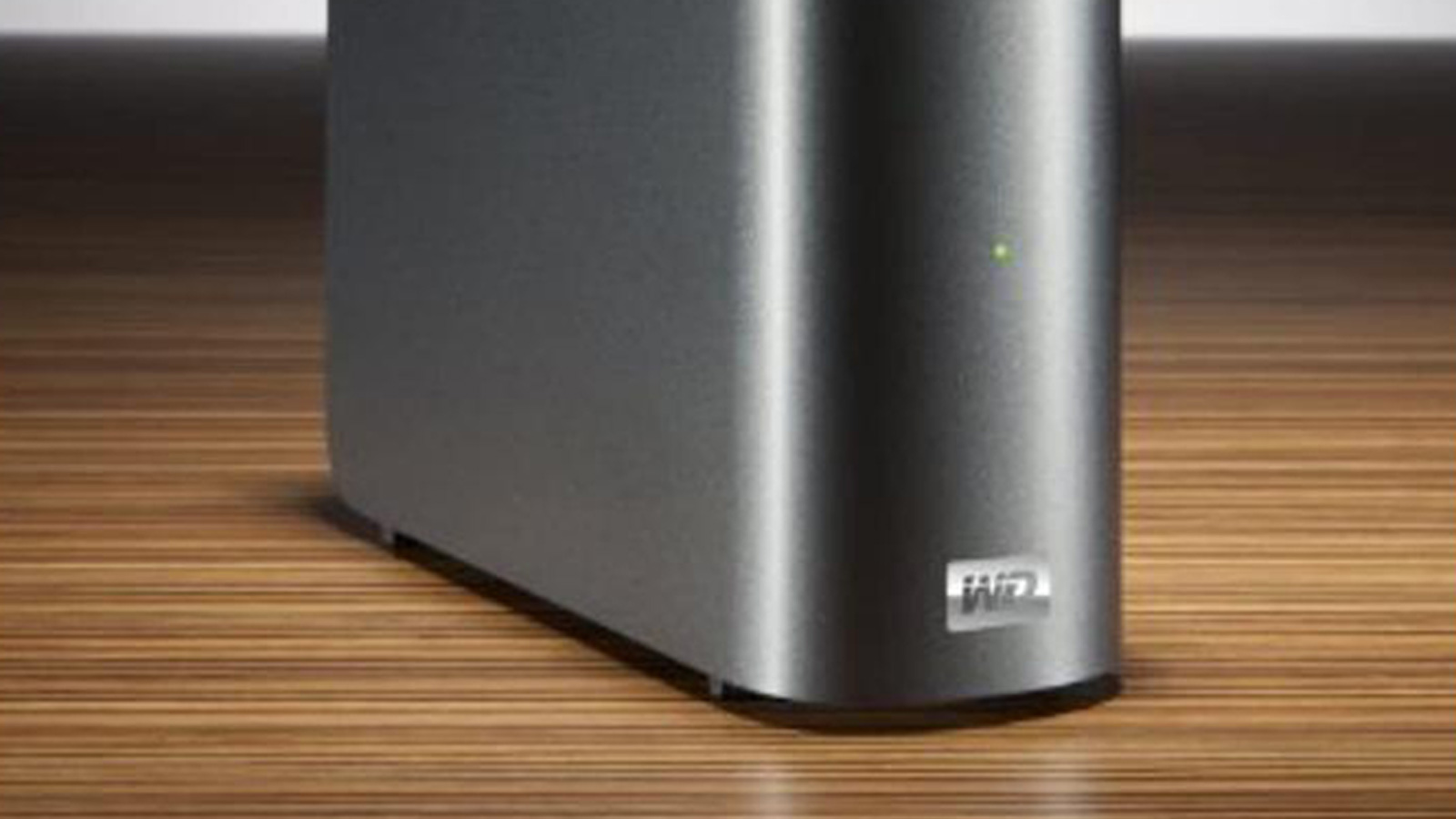I have 25 years R&D experience, including 16 years at Sun Microsystems. I've actually wandered upstairs to ZFS creator Jeff Bonwick's office just to chat with him about a certain pre-Cretaceous R&D server we shared an interest in. This is called an "appeal to personal authority", and generally confers no weight in technical discussions.
I will further claim "disagreement inflation", specifically:
This is an example of ZFS adapting to new technologies. I made the statement that it needs to adapt to new technologies, you provide evidence that it indeed is adapting. Adaptation needs to be a continuous effort, but I can identify no real disagreement here.
I made no mention of any of this, and do not disagree. My point was it does not work well with SMR, and may not work well with future advancements in magnetic recording technologies that may allow MRT to continue to remain relevant vs. sub-5nm flash memory. We've already seen the MRT vendors attempt to "submarine" SMR into the NAS market. I have no confidence they won't repeat this behavior with other unsuitable technologies over the next decade.
That's right now. I was projecting to 2030 when Seagate expects to start having trouble competing against solid-state storage technologies. I admit I'm still waiting for my flying car that folds into a briefcase.

Agreed.




